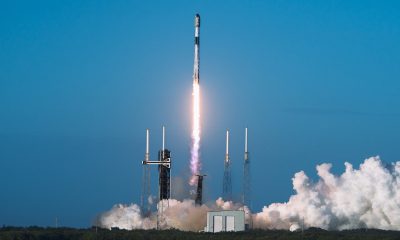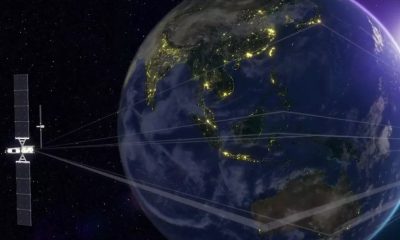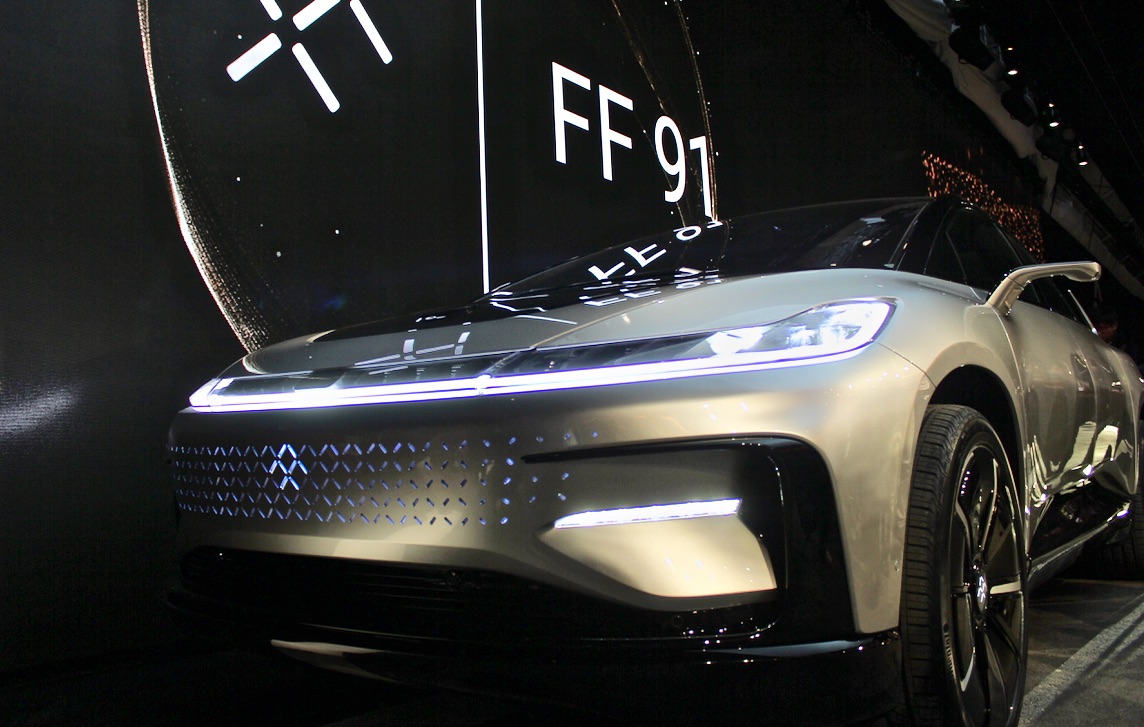
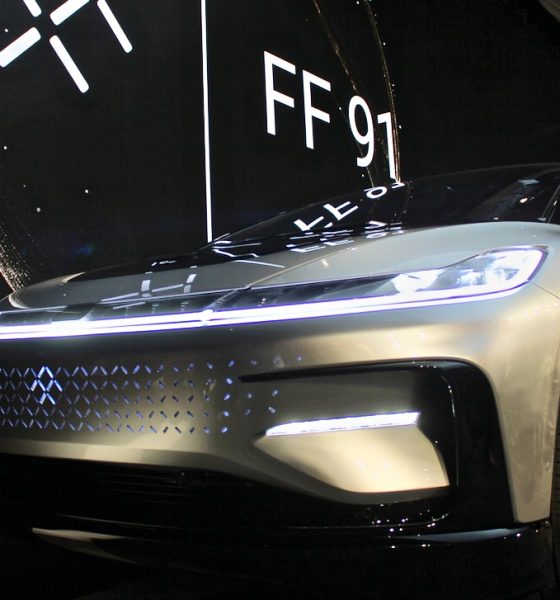
News
Will Faraday Future’s FF 91 ever see production without a factory?
Faraday Future finally took the wraps off its planned production car, named FF 91, last night at CES 2017. What the public finally saw was a low slung, four passenger crossover style vehicle that is intended to compete with the Tesla Model X.
The California-based electric car startup says the car will utilize an industry leading 130 kWh battery that’s capable of driving 378 miles on a single charge. Powered by three electric motors — one in front and two at the rear — FF 91’s all wheel drive system will be capable of blasting off a 0-60 mph time of 2.39 seconds, making it the world’s quickest electric vehicle.
The battery, which Faraday Future claims has the highest energy density in the industry, is supplied by LG Chem. Pete Savagian, vice president of propulsion engineering at Faraday, says the FF 91 is equipped for 200 kW fast charging and can charge at a rate of 500 miles per hour.
The rear doors are hinged at the rear to provide ease of access to the interior. The doors are fitted with radar sensors that protect them from damage from cars or objects parked nearby. Those sensors also are part of the advanced self-driving system built into the car. Rear seating is said to be spacious and sumptuous.
Those are the specs but specs don’t sell cars. People buy on emotion and justify their decision later with facts. The FF 91 is an emotional car in a way that the equally capable Lucid Air is not. The Lucid sedan looks like a very nice Audi. That’s not a bad thing; it just means it doesn’t have a lot of visual excitement. No car appeals to every taste, of course, but the FF 91 does have curb appeal. It is visually attractive and mimics the body lines of BMW’s i3 and i8 — thoroughly modern without being too bizarre.
Richard Kim, Faraday Future’s head of design, says much of the car was designed using virtual reality technology. “If you want to have the most progressive, forward thinking vehicle design, you have to have use the most progressive and forward thinking methodologies,” Kim told Automotive News during a tour of the company’s headquarters in Gardena, California late last year.
Faraday Future says owners will be assigned an FFID — a personal identification code that will allow any Faraday Future car to configure itself to the personal preferences of the owner. That raises a significant point. Will there ever be enough Faraday Future cars on the road to make FFID relevant? The company is said to have serious financial difficulties. Work on its factory in North Las Vegas has been shut down for almost two months and senior company executives have left the company in the past few weeks.
Not to worry, Nick Sampson, senior vice president of R&D and engineering, told the audience Tuesday night in Las Vegas. Brimming with confidence, he assured those in attendance that Faraday Future is in the middle of a “multifaceted disruption” that will “reformat the auto industry.” Then he added, “Despite all the naysayers and the skeptics, we will persist,” before adding that the company’s “clean sheet” gives it an advantage over traditional automakers. Maybe so. But with the first cars scheduled to be delivered in 2018 and no factory yet in existence, there are plenty of skeptics.
Are Faraday Future and the FF 91 ready for prime time? Interested parties can reserve a car now or pay a $5,000 fee to secure a “priority reservation” for one of 300 “Alliance Edition” cars. With the company teetering on the edge of financial collapse, the CES reveal is seen by many as a Hail Mary event. If the reaction to the FF 91 is positive, new investors may be brought on board. But without fresh funds, it is hard to see how the company can survive long enough to be part of CES 2018.
News
Tesla Cybercab spotted testing on public roads for the first time
The car was spotted just minutes from Tesla’s Engineering Headquarters in Los Altos, California. There are a few interesting tidbits we can gather from the photo and the information shared with it.
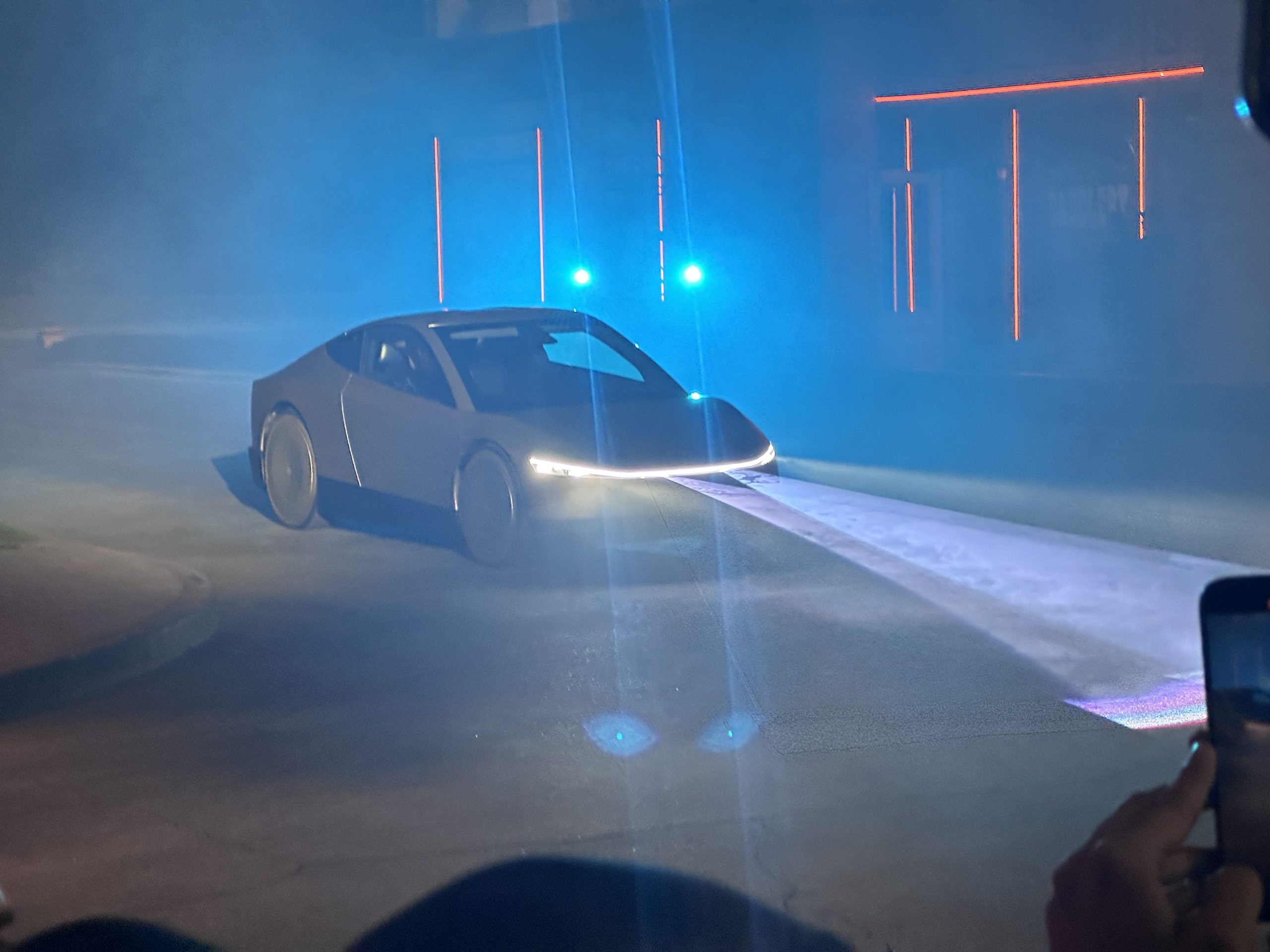
The Tesla Cybercab has been spotted testing on public roads for the first time, marking a substantial step forward in the vehicle’s development.
The car was spotted just minutes from Tesla’s Engineering Headquarters in Los Altos, California. There are a few interesting tidbits we can gather from the photo and the information shared with it:
BREAKING: Tesla’s Cybercab spotted testing on public roads for the first time!
This was in Los Altos, California, about 10 minutes from Tesla’s Engineering HQ. As would be expected at this stage, a person was in the driver seat.
The future is autonomous 🤖 pic.twitter.com/cvd6UrnKZo
— Sawyer Merritt (@SawyerMerritt) October 29, 2025
The vehicle had a driver and side view mirrors equipped on it, which seems to be pretty expected, especially at this stage.
Tesla might have been using its Full Self-Driving software with the vehicle as it enters this new stage of testing on public roads. This seems most likely, especially as the car, which has long been developed to be void of a steering wheel and pedals, will totally rely on autonomous tech to transport one or two passengers to their destination.
Additionally, side view mirrors are required by law at delivery, and Tesla was likely looking to keep things as safe and elementary as possible, especially with this early stage of testing.
As this is the first time the vehicle has been spotted on public roads and the first time it was likely testing on them, Tesla was being cautious.
There have been a lot of developments with Cybercab over the past few weeks, as the car has been spotted testing on the Fremont Factory’s test track, units have been seen outside of Gigafactory Texas’s crash testing facility, and there has been some additional speculation about what the vehicle’s standard equipment will be.
There have also been quite a few job postings by Tesla for manufacturing and production roles related to Cybercab over the past few weeks.
Yesterday, Tesla’s Board Chair, Robyn Denholm, revealed that the company could end up building Cybercab with a steering wheel and pedals, contrary to what Tesla and CEO Elon Musk have wanted to do.
The vehicle has yet to reach that stage of regulatory testing, but Tesla wants to start volume production in Q2. If it wants to release the vehicle without any manual controls, that means that Full Self-Driving will need to be completed within the next eight months.
News
Tesla hints it could see ‘a few more vehicles’ released soon
Denholm said on CNBC yesterday that “we do have a few other vehicles coming out.”
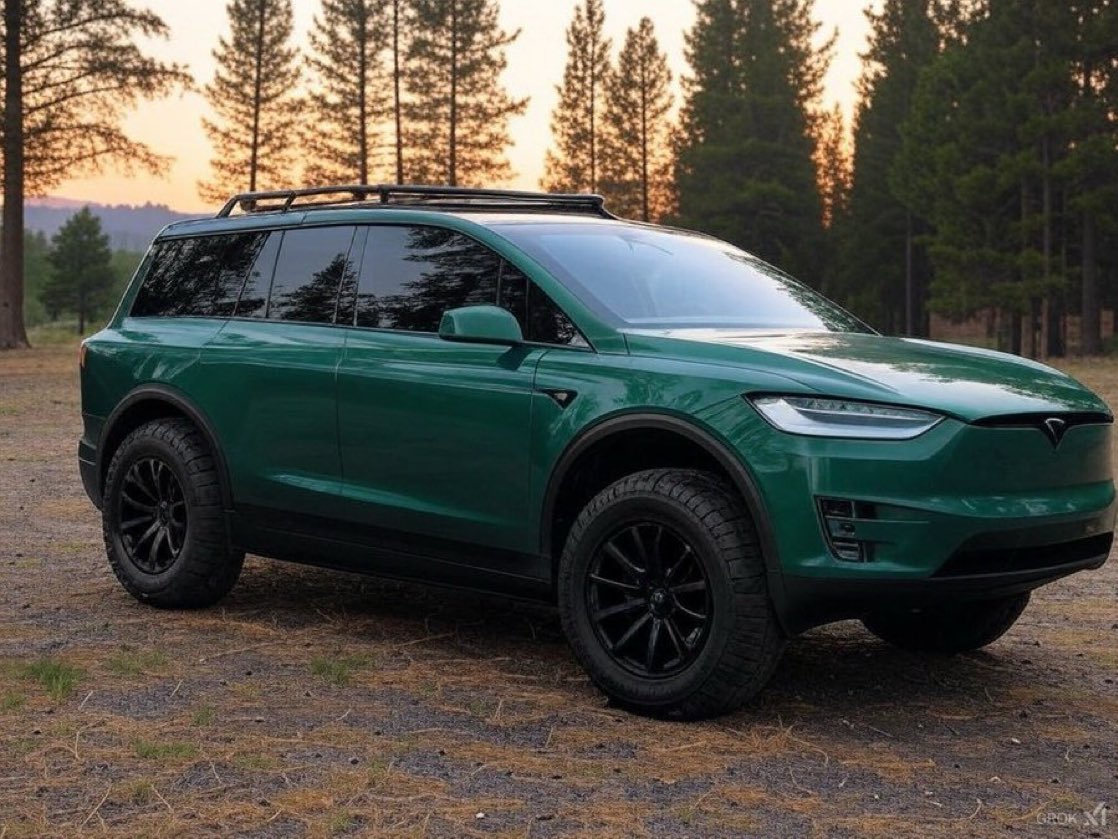
Tesla Board Chair Robyn Denholm hinted the company could see “a few more vehicles” coming out and being released soon, although there is no indication of what could be on the way based on her comments.
However, Tesla has hinted toward several potential releases in the coming years, as other executives, including Chief Designer Franz von Holzhausen, have talked briefly about what could be on the way.
Denholm said on CNBC yesterday that “we do have a few other vehicles coming out.”
BREAKING: $TSLA BOARD CHAIR ROBYN SAYS — “WE HAVE NEW VEHICLES COMING OUT” 👀
It’s happening ! pic.twitter.com/f8UuZWGLuP
— TheSonOfWalkley (@TheSonOfWalkley) October 27, 2025
It was a vague and almost cryptic sentence, as, in all honesty, it was not completely clear whether she was talking about recent releases that are just making their way to market, like the Model 3 and Model Y “Standard,” or new vehicles altogether.
Nevertheless, it’s worth dissecting.
Tesla “Standard” Models
On October 7, Tesla launched the Standard Model 3 and Model Y, stripped-down versions of their now “Premium” siblings. The Standard trims lack premium features like leather seats, a rear touchscreen, and a glass roof, among other features.
These cars are just starting to be delivered for the first time, so it is possible that Denholm was referring to these cars.
Potential Model 2 Hint?
There has always been a looming vehicle model that many Tesla fans and owners have been intrigued by: the Model 2.
This car was hinted at being the $25,000 model that Tesla was rumored to be developing, and many thought that was the vehicle that would be released earlier this month, not the Standard Model 3 and Model Y.
Instead, the Model 2 could be something that would enable Tesla to reach an entirely new consumer base, including those who are not able to swing the payment for the company’s more premium offerings.
It seems Tesla will have to launch some sort of extremely affordable model in the future, and with the Cybercab being slotted at that rough price point, it would not be out of the question for it to be in the realm of possibility for future releases.
It’s worth noting, however, that it is probably unlikely this will happen. Tesla is so deadset focused on autonomy, it seems Cybercab would take extreme precedence over the unconfirmed “Model 2.”
Cybertruck-inspired SUV
Tesla fans have been begging the company to develop a full-size SUV that would compete with the Ford Expedition or Chevrolet Tahoe, but the company has not given any indication that this would be something it would build.
Nevertheless, there was a very subtle hint in a recent promotional clip that showed a Cyber SUV mock-up placed strategically next to a clay model of a Model 3:
The Model X is simply not what people want when it comes to an SUV, as it does not have the seating capacity and cargo space that many need with a full-sized SUV.
This issue, in particular, has been one that has been extremely relevant to the company’s future lineup as consumers have shown they would be interested in a Tesla vehicle that fit this description.
Additionally, von Holzhausen said in September that a Cyber SUV or a smaller electric pickup with a more traditional design is “definitely things we’ve considered…We’re working on so many innovative and fun things.”
Tesla gives big hint that it will build Cyber SUV, smaller Cybertruck
Investor's Corner
Tesla enters new stability phase, firm upgrades and adjusts outlook
Dmitriy Pozdnyakov of Freedom Capital upgraded his outlook on Tesla shares from “Sell” to “Hold” on Wednesday, and increased the price target from $338 to $406.

Tesla is entering a new phase of stability in terms of vehicle deliveries, one firm wrote in a new note during the final week of October, backing its position with an upgrade and price target increase on the stock.
Dmitriy Pozdnyakov of Freedom Capital upgraded his outlook on Tesla shares from “Sell” to “Hold” on Wednesday, and increased the price target from $338 to $406.
While most firms are interested in highlighting Tesla’s future growth, which will be catalyzed mostly by the advent of self-driving vehicles, autonomy, and the company’s all-in mentality on AI and robotics, Pozdnyakov is solely focusing on vehicle deliveries.
The analyst wrote in a note to investors that he believes Tesla’s updated vehicle lineup, which includes its new affordable “Standard” trims of the Model 3 and Model Y, is going to stabilize the company’s delivery volumes and return the company to annual growth.
Tesla launches two new affordable models with ‘Standard’ Model 3, Y offerings
Tesla launched the new affordable Model 3 and Model Y “Standard” trims on October 7, which introduced two stripped-down, less premium versions of the all-electric sedan and crossover.
They are both priced at under $40,000, with the Model 3 at $37,990 and the Model Y at $39,990, and while these prices may not necessarily be what consumers were expecting, they are well under what Kelley Blue Book said was the average new car transaction price for September, which swelled above $50,000.
Despite the rollout of these two new models, it is interesting to hear that a Wall Street firm would think that Tesla is going to return to more stable delivery figures and potentially enter a new growth phase.
Many Wall Street firms have been more focused on AI, Robotics, and Tesla’s self-driving project, which are the more prevalent things that will drive investor growth over the next few years.
Wedbush’s Dan Ives, for example, tends to focus on the company’s prowess in AI and self-driving. However, he did touch on vehicle deliveries in the coming years in a recent note.
Ives said in a note on October 2:
“While EV demand is expected to fall with the EV tax credit expiration, this was a great bounce-back quarter for TSLA to lay the groundwork for deliveries moving forward, but there is still work to do to gain further ground from a delivery perspective.”
Tesla has some things to figure out before it can truly consider guaranteed stability from a delivery standpoint. Initially, the next two quarters will be a crucial way to determine demand without the $7,500 EV tax credit. It will also begin to figure out if its new affordable models are attractive enough at their current price point to win over consumers.
-
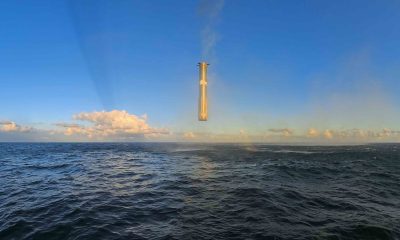
 Elon Musk2 weeks ago
Elon Musk2 weeks agoSpaceX posts Starship booster feat that’s so nutty, it doesn’t even look real
-

 Elon Musk2 weeks ago
Elon Musk2 weeks agoTesla Full Self-Driving gets an offer to be insured for ‘almost free’
-
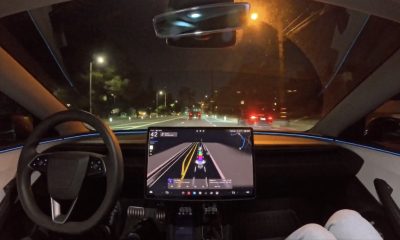
 News2 weeks ago
News2 weeks agoElon Musk confirms Tesla FSD V14.2 will see widespread rollout
-

 News2 weeks ago
News2 weeks agoTesla is adding an interesting feature to its centerscreen in a coming update
-

 News2 weeks ago
News2 weeks agoTesla launches new interior option for Model Y
-
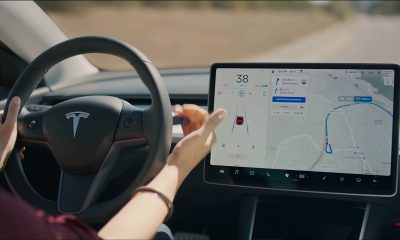
 News2 weeks ago
News2 weeks agoTesla widens rollout of new Full Self-Driving suite to more owners
-
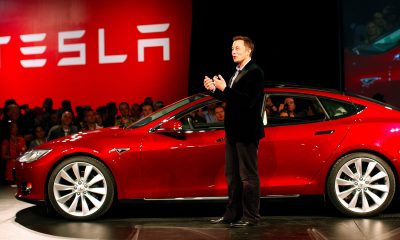
 Elon Musk2 weeks ago
Elon Musk2 weeks agoTesla CEO Elon Musk’s $1 trillion pay package hits first adversity from proxy firm
-
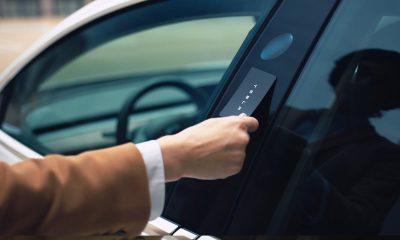
 News1 week ago
News1 week agoTesla might be doing away with a long-included feature with its vehicles











